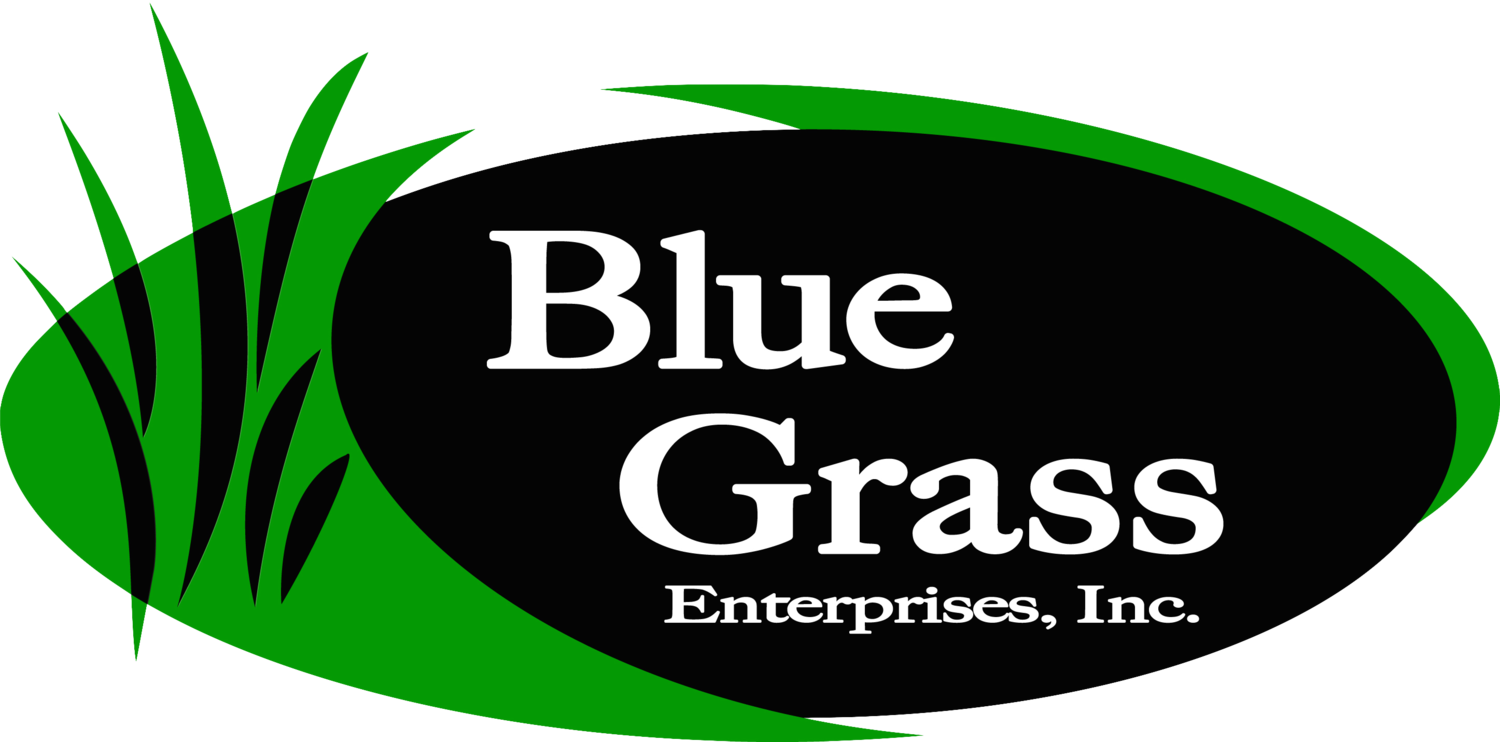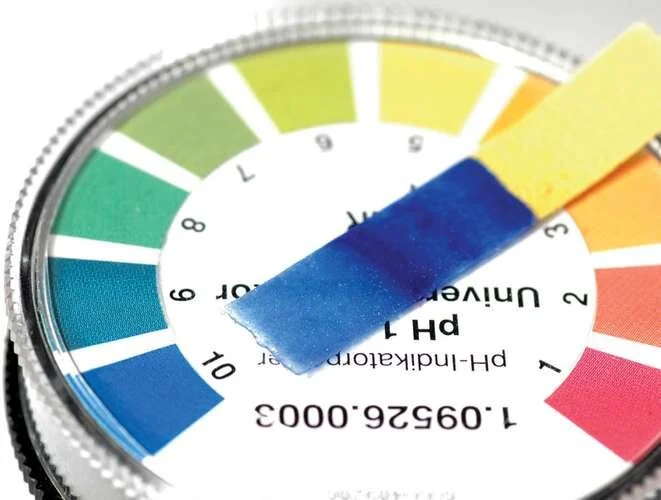Should I lime my lawn? I hear that is a good thing to do.
Maybe it’s because Iowa sits on a foundation of limestone that we all have liming on our minds when it comes to lawns… Or maybe it’s still residual old-school farm practices that have trickled down into urban lawn care practices - but one of the most common questions we get about feeding lawns is “should I put lime on my lawn?” The answer, of course, is rooted in science!
Lime is a calcium product that is mined here in Iowa - so it’s got to be good, right?
The short answer is that lime can be good… If. You. Need. It.
Calcium products (like lime or gypsum) are important for both plant and soil structure. Calcium also helps to neutralize salt and urine damage in lawns from sources like ice melt or dogs. Perhaps most importantly, calcium can help to break up heavy, clay-based soils to improve water drainage and oxygen exchange with the surface.
Both lime & gypsum are sources of calcium and can be applied any time during the year to increase calcium availability for your lawn. BUT, there is one key difference that is super important to keep in mind: Lime is extremely alkaline and will always raise the pH of your soil. Gypsum is pH neutral.
Why is pH Important in Soils?
Soil pH is essentially a measure of the acidity (<7) or alkalinity (>7) of soil. This is important because it can impact nutrient availability, and plant health, create imbalances or toxicities, and even the performance of herbicides or insecticides.
The scale for soil pH ranges from 0 to 14 with 7 being neutral. Any values below 7 are considered acidic (Hydrogen donors), while values above 7 are considered alkaline (Hydrogen acceptors). One of the most important things about soil pH that often is overlooked is the fact that this scale is logarithmic. As a result, a pH of 6 is not 1 unit more acidic than a pH of 7, but in fact, it is 10 times more acidic than a pH of 7. Similarly, a soil pH of 5 is 100 times more acidic, a soil pH of 4 is 1,000 times more acidic, and so on.
Note that most nutrients are at peak availability the closer you get to 7.0.
As you can see in the diagram on the right, a soil’s pH is “the driver of the bus” when it comes to nutrient availability in your soil. This image does a good job of illustrating how a pH that is either too low or too high can inhibit the uptake of certain nutrients for your plants. Over time, this can cause significant nutrient imbalances in your plants, resulting in thin or sick-looking plants.
In Iowa, the ideal soil pH is between 6.8 - 7.2, which is essentially neutral. At neutral, microbial activity is at its peak, as is nutrient availability in the soil. This is why it is extremely important to only apply lime to acidic soils. You can determine your soil’s pH with a soil test. Ask Blue Grass for details on soil testing and results analysis.
Does Calcium Help the Plants Too?
Yes. Many people are familiar with “the big three” nutrients that are essential for plant growth: nitrogen, phosphorus, and potash (those are the three numbers on fertilizer bags like 13-13-13 or 20-0-5). But those three nutrients and minerals are not enough for healthy plant growth. In fact, at present, there are at least 17 essential nutrients and minerals that need to work in symphony with each other for healthy growth.
Calcium is an essential secondary nutrient for plants. Like in the human body, calcium is used in the structural makeup of a plant and makes up cell walls and membranes.
So How Do I Add Calcium If I Don’t Know the pH of My Soil?
If you are just wanting to deal with some dog spots without a soil sample, we will always recommend gypsum because it is made up of calcium and sulfur (and is also mined in Iowa!) and has the benefit of being pH neutral.
So don’t worry! You have options for getting a dose of calcium for your plants and soils!


